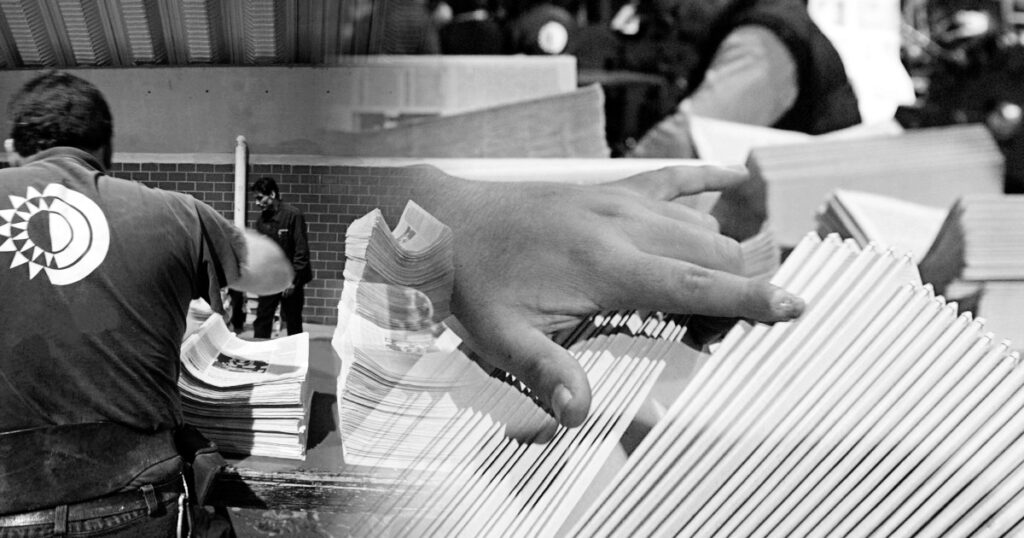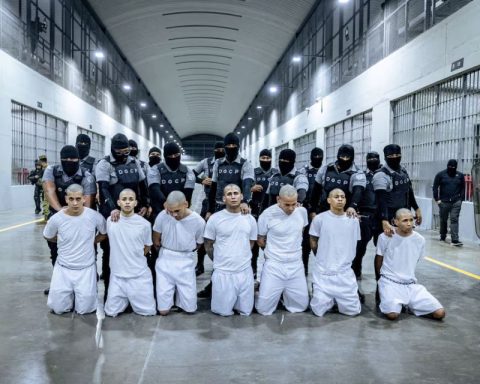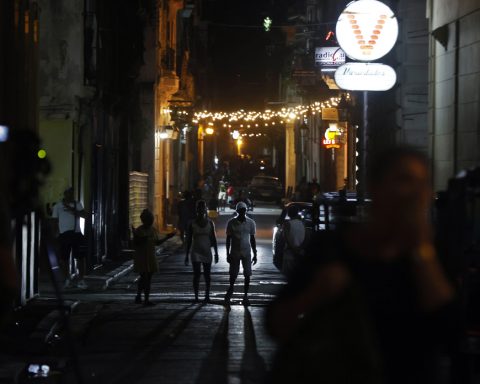It is believed that there are about 9,000 bodies buried there. They are added to those found in other cities. executed civilians.
Source: ANSA
It is the eyes of the satellites that prevent the dead of Mariúpol from being swallowed by a mountain of land without crosses, without tombstones and without memory.
It is the new images provided by Maxar Technologies that become pitiful witnesses to the carnage.
Thanks to them, it is known that thousands of bodies, up to 9 thousand, according to the local administration, are buried in mass graves in Manhush, 20 kilometers west of the city for which the definition of “martyr” is no longer sufficient.
A large square of bare earth, rectangles of loose earth side by side, systematically excavated.
Each hole, wrote The New York Times, measures just over 3 meters by almost 2. Enough to contain several bodies each.
The first rows appeared in the second half of March, on April 6 the images showed another 200 newly dug holes that occupy little more than 4,000 square meters, while the madness of the Russians raged against civilians, killed and taken away in trucks , according to Mayor Vadim Boychenko, who cited testimonies from those who were still alive.
They were collected in different parts of the city, enclosed in plastic bags, without a name, without a date.
The horror in numbers
As many as 22,000 Mariupol residents may have been killed since the start of the offensive, according to a provisional toll. And the area chosen by the Russians, satellites show, there is still plenty of room to dig
At first they were abandoned in the street in a hurry. Then they began to burn them in mobile crematoria. Others have thrown them into makeshift holes. But the bodies of civilians killed are already too many. And then the Russians began digging mass graves in a row, arranged to make the most of the space.
With a systematic character that evokes images of other exterminations.
Accusations of war crimes against Moscow continue to pile up along with more and more evidence, especially uncovered after the withdrawal of Russian forces from the kyiv region.
executions
Ravina Shamdasani, spokesperson for the United Nations High Commissioner for Human Rights, said in Geneva that a reconnaissance mission to Bucha on April 9 documented the summary execution of at least 50 civilians and recorded numerous actions by Russians “that can rise to the level of war crimes”
But then there are the nearly 1,000 civilians killed one by one in the kyiv suburbs despite white arm bands to make it clear they were not military. Ukrainian forensic experts together with French investigators are examining the bodies, Oleksandr Pavliuk, head of the kyiv regional military administration, told reporters.
“What we have seen is hands tied behind the back, legs tied, shots to the back of the head,” he said. Or executions.
These are just the latest of the many pieces of evidence that international teams in collaboration with the Ukrainian authorities and in particular with the Human Rights Commissioner of the kyiv Parliament, Liudmyla Denisova, are gathering to try to present against Vladimir Putin the definitive bill of that 21st century Nuremberg. Its creation can define the final outcome of the war.














